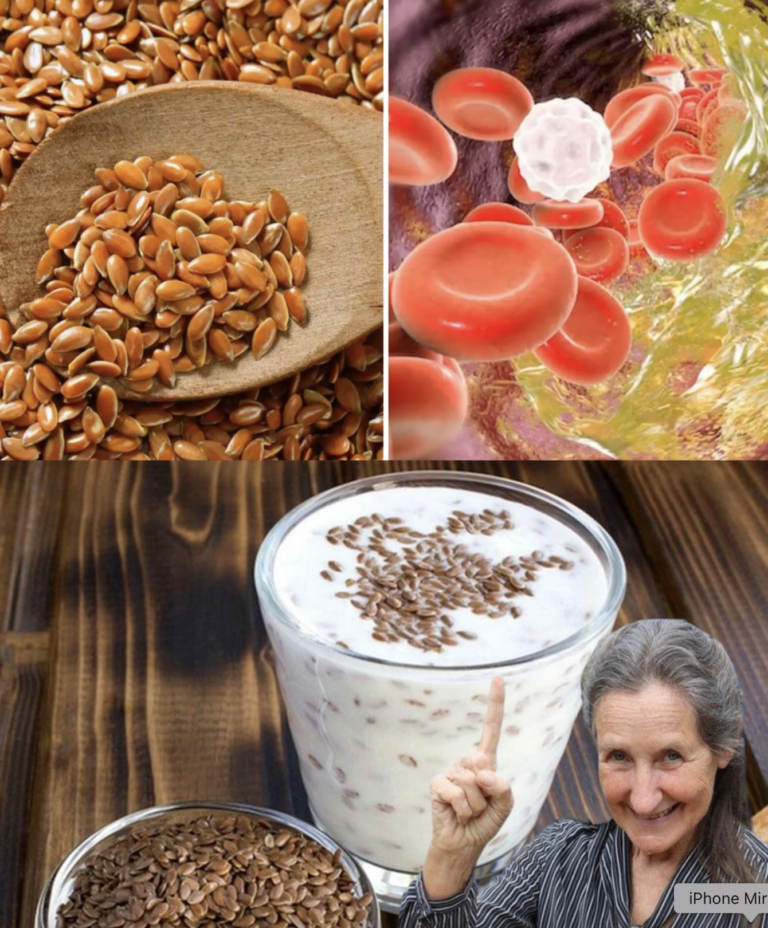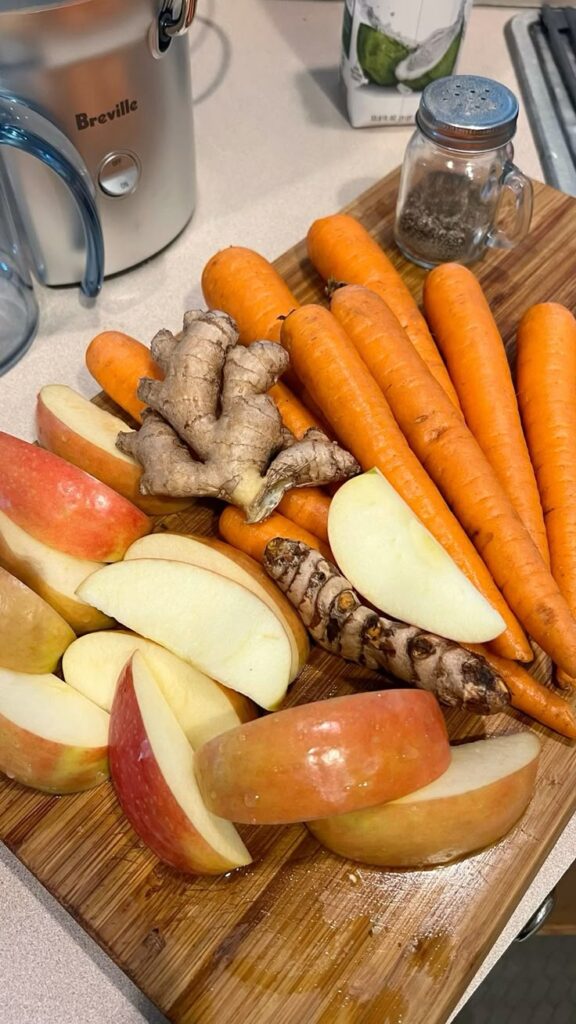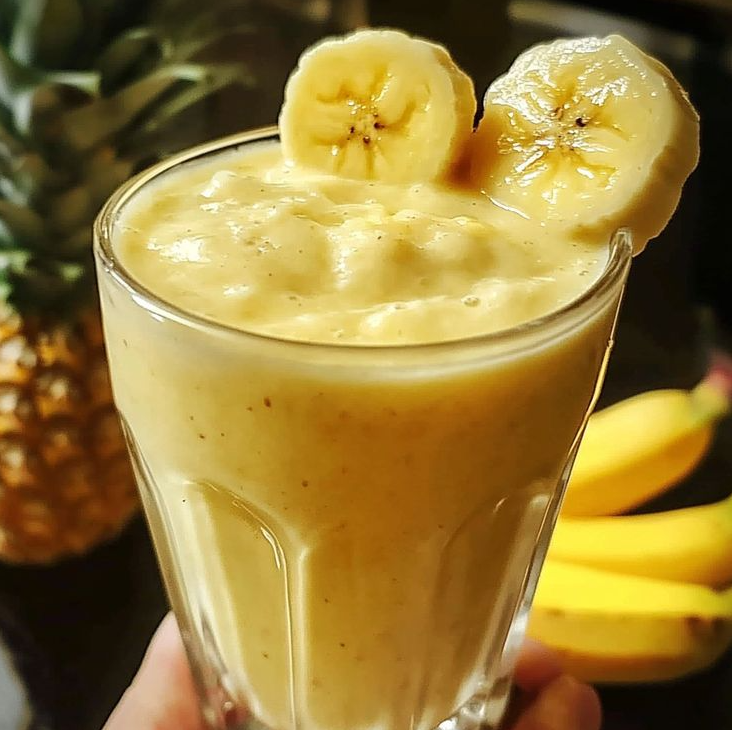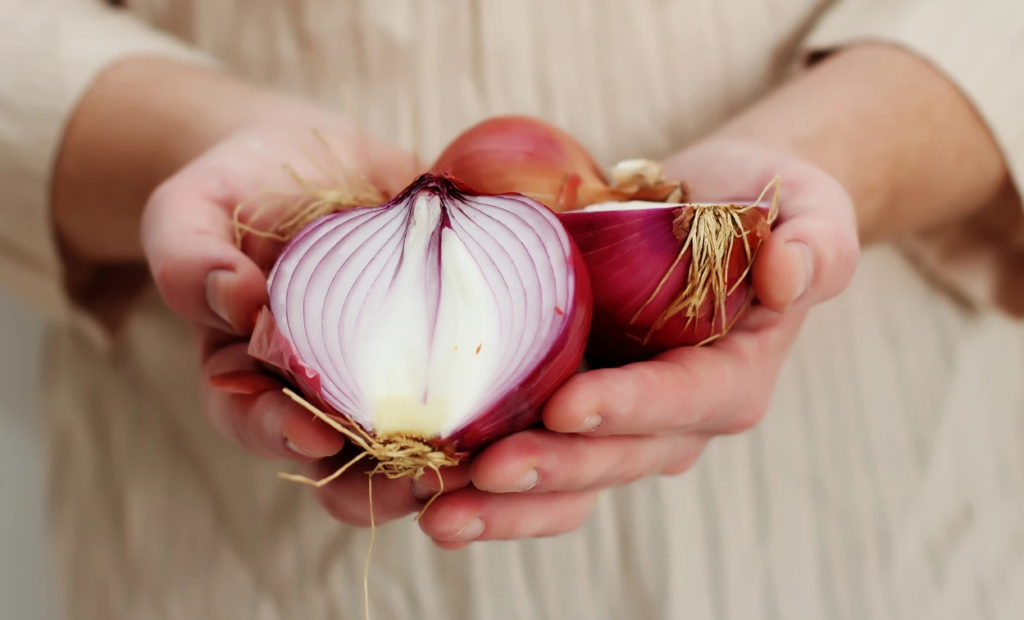In today’s world, where environmental pollutants and toxins are all around us, it’s more important than ever to prioritize the natural detoxification of your body and lungs. By making simple yet effective lifestyle changes, you can enhance your body’s innate ability to cleanse itself and significantly improve your overall health. In this comprehensive guide, we’ll explore the best natural methods to detoxify your body and lungs, leaving you feeling revitalized, energized, and healthier than ever.
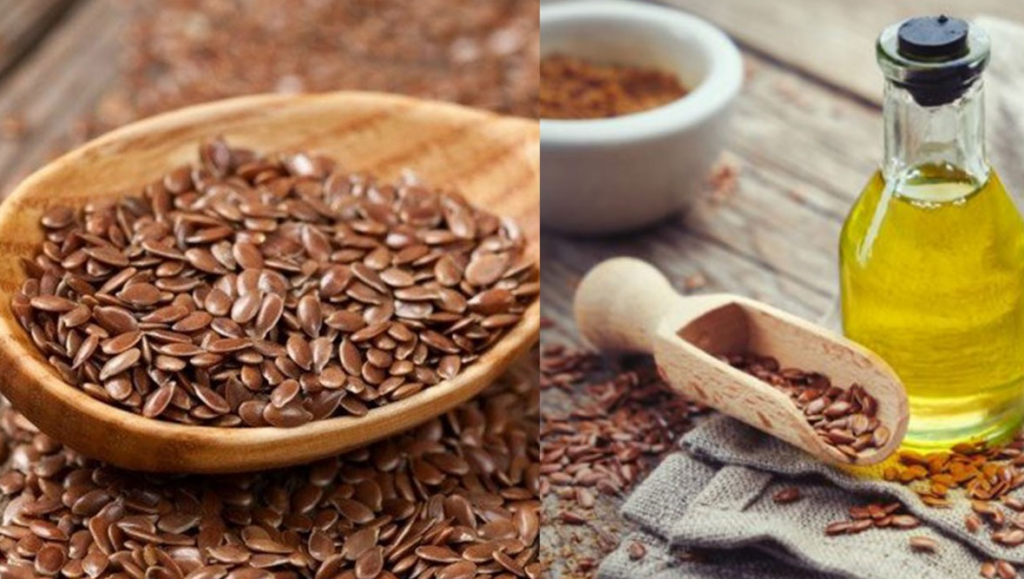
Why Detoxification Matters
Every day, we are exposed to toxins—from the air we breathe to the processed foods we consume. Our bodies are constantly working to eliminate these harmful substances, but sometimes, they need a little help. Regular detoxification is crucial for maintaining optimal health and wellness. Here’s how detoxification helps your body:
- Improves lung function – Detoxifying the lungs clears up toxins and improves breathing capacity.
- Boosts immunity – A cleaner body functions more efficiently, making it easier to fend off illness.
- Increases energy levels – When your body is less burdened with toxins, you’ll feel more energetic.
- Enhances digestion – Detoxing helps your digestive system work more efficiently.
- Reduces inflammation – Lower inflammation levels are associated with better overall health and disease prevention.
Best Natural Methods to Detoxify Your Body

There are several effective and natural ways to support your body’s detoxification process. Below are some of the top strategies to help eliminate toxins and keep your body in peak condition.
1. Hydration: Flush Out Toxins
Water is one of the most powerful tools your body has for detoxification. It helps flush out harmful substances through sweat, urine, and bowel movements. Staying hydrated is essential for keeping the body’s detox pathways functioning smoothly. Here are a few tips for optimal hydration:
- Drink at least 8-10 glasses of water daily – Staying hydrated helps maintain your body’s natural detox processes.
- Add lemon to your water – Lemon is a natural detoxifier, and its vitamin C helps boost immune function.
- Consume herbal teas – Herbal teas like dandelion root and green tea support liver function and promote toxin elimination.
2. Nutrient-Rich Foods for Detoxification
A diet rich in vitamins, minerals, and antioxidants can help support your body’s natural detox processes. Certain foods are known for their detoxifying properties, which include:
- Leafy Greens – Spinach, kale, and cilantro are great for cleansing the liver and supporting digestion.
- Cruciferous Vegetables – Broccoli, cauliflower, and Brussels sprouts contain compounds that aid in detoxification and support the body’s ability to eliminate toxins.
- Fruits – Berries, oranges, and apples are high in antioxidants, which combat free radicals and promote overall health.
- Turmeric & Ginger – These natural anti-inflammatory agents aid digestion, support liver health, and boost the body’s detoxification processes.
3. Sweat It Out: Exercise & Sauna Therapy
Regular physical activity is another excellent way to help your body eliminate toxins. When you exercise, your blood circulation improves, and you sweat, which is one of the body’s primary ways of expelling harmful substances. Here’s how you can incorporate exercise and sauna therapy into your routine:
- Cardiovascular exercise – Activities like running, cycling, or brisk walking help increase circulation and promote sweating.
- Strength training – Building muscle mass can help boost metabolism, which supports the body’s detox processes.
- Sauna therapy – Spending time in a sauna allows you to sweat deeply, helping to release toxins from your body.
Best Natural Methods to Detoxify Your Lungs
The lungs are particularly vulnerable to environmental toxins such as pollutants, cigarette smoke, and chemicals. Supporting lung health through natural detox methods can help clear toxins from the respiratory system, improve breathing, and boost overall lung function.
1. Deep Breathing & Lung Exercises
Breathing exercises are an effective way to improve lung capacity, clear toxins from the respiratory system, and increase oxygen intake. Try incorporating the following techniques into your daily routine:
- Diaphragmatic breathing – This technique involves deep, belly breathing that helps expand lung capacity and strengthens respiratory muscles.
- Pursed-lip breathing – This exercise helps expel stale air from the lungs and increase oxygen levels in the bloodstream.
- Steam inhalation – Inhaling steam helps clear mucus from the airways and improves lung health.
2. Herbal Remedies for Lung Detox
Several herbs have natural properties that can help detoxify and strengthen the lungs. Some of the most beneficial herbs include:
- Mullein – Known for its ability to clear mucus from the respiratory system, mullein is excellent for lung health.
- Peppermint – Peppermint can help open the airways and promote better breathing.
- Licorice root – This herb is beneficial for soothing inflammation in the airways and supporting respiratory health.
3. Reduce Exposure to Toxins
Minimizing exposure to harmful environmental toxins is essential for maintaining healthy lungs. Here are a few steps you can take to reduce your exposure:
- Avoid smoking and secondhand smoke – These are two of the most harmful pollutants for your lungs.
- Use air purifiers – Air purifiers can help filter out toxins and improve indoor air quality.
- Reduce chemical exposure – Opt for natural cleaning products to limit the chemicals in your home that can negatively impact your lungs.
Embrace a Healthier You Naturally
By incorporating these natural detox methods into your daily routine, you can significantly improve your body and lung health. Whether through proper hydration, a nutrient-rich diet, regular exercise, or the use of natural herbs, your body has everything it needs to cleanse itself. Make small, sustainable changes to support your body’s natural detox processes and enjoy a cleaner, healthier, and more vibrant life.
Final Thoughts: Start Your Detox Journey Today
Detoxifying your body and lungs naturally doesn’t have to be complicated or expensive. By following the simple tips outlined in this guide, you can support your body’s ability to cleanse itself and improve your overall health. Whether you’re looking to enhance your lung function, boost your energy, or reduce inflammation, these natural methods can make a significant difference. Start your detox journey today and embrace the vibrant health you deserve!
